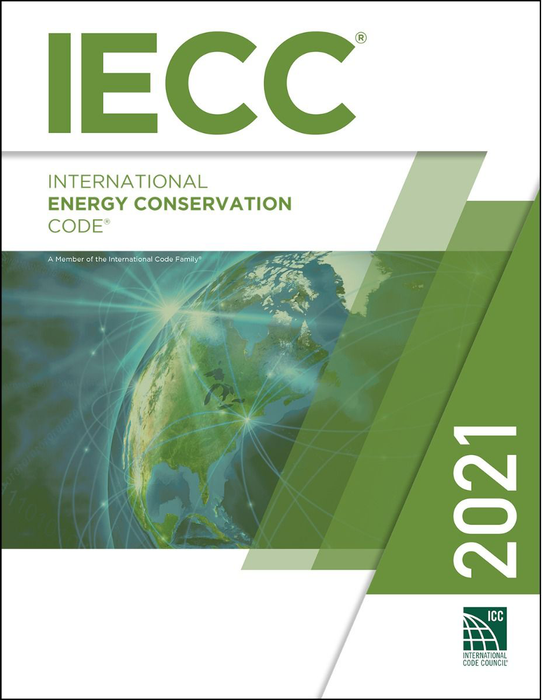By 2060, the world is projected to add 2.5 trillion square feet of new building space, doubling the current global stock. Most of this growth will occur in cities, which are responsible for over 66% of worldwide energy consumption and more than 70% of energy-related CO2 emissions, leading to climate change and rising temperatures.
To help slow this trend, architects are creating coalitions and lobbying elected officials to adopt a “zero code”—a nationally vetted framework for designing buildings that create zero net emissions. “It’s important for every member of our population—including the most vulnerable—to have access to green construction and a healthier environment,” says Anica Landreneau, Assoc. AIA, director of sustainable design at architecture firm HOK in Washington, D.C. “Adopting a zero code is important because then green construction becomes universal.”

We are currently undergoing the largest wave of urban growth in human history: by 2060, we will double our current global building stock. Only by eliminating carbon dioxide emissions from new building operations will we begin to reduce building sector emissions overall. To reduce carbon dioxide emissions, architects are looking beyond their own projects to make a greater difference in a new way — with building codes. By creating coalitions and lobbying elected officials to adopt a “zero code” — a nationally vetted framework for designing buildings that create zero net emissions — architects are working with communities to advocate for codes that make existing buildings more energy-efficient, reduce the embodied carbon of building materials and ensure new construction produces zero net emissions.

The 2021 International Energy Conservation Code is the product of collaboration between the International Code Council (ICC) and the U.S. Department of Energy (DOE) Building Energy Codes Program (BECP).
The 2021 ICEE is the most energy-efficient code yet, and it could lead to significant energy savings for consumers and the environment. It covers building components like insulation, lighting, and water heating efficiency, and will represent the biggest energy efficiency gains in at least a decade for constructing or renovating homes. New commercial buildings also will be required to be more efficient. This is great news for homeowners, businesses, and the planet because more efficient new buildings cost less to operate and have a lower carbon footprint.
